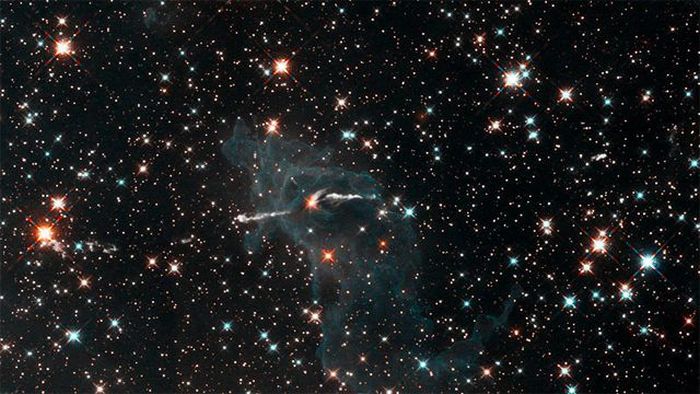|
|
Exploring Astronomy Photography Of Outer Space Universe
|
Size, age, contents, structure, and laws
The universe is immensely large and possibly infinite in volume. The region visible from Earth (the observable universe) is a sphere with a radius of about 46 billion light years, based on where the expansion of space has taken the most distant objects observed. For comparison, the diameter of a typical galaxy is only 30,000 light-years, and the typical distance between two neighboring galaxies is only 3 million light-years. As an example, our Milky Way Galaxy is roughly 100,000 light years in diameter, and our nearest sister galaxy, the Andromeda Galaxy, is located roughly 2.5 million light years away. There are probably more than 100 billion (1011) galaxies in the observable universe. Typical galaxies range from dwarfs with as few as ten million (107) stars up to giants with one trillion (1012) stars, all orbiting the galaxy's center of mass. A 2010 study by astronomers estimated that the observable universe contains 300 sextillion (3×1023) stars.
The observable matter is spread homogeneously (uniformly) throughout the universe, when averaged over distances longer than 300 million light-years. However, on smaller length-scales, matter is observed to form "clumps", i.e., to cluster hierarchically; many atoms are condensed into stars, most stars into galaxies, most galaxies into clusters, superclusters and, finally, the largest-scale structures such as the Great Wall of galaxies. The observable matter of the universe is also spread isotropically, meaning that no direction of observation seems different from any other; each region of the sky has roughly the same content. The universe is also bathed in a highly isotropic microwave radiation that corresponds to a thermal equilibrium blackbody spectrum of roughly 2.725 kelvin. The hypothesis that the large-scale universe is homogeneous and isotropic is known as the cosmological principle, which is supported by astronomical observations.
|
|









